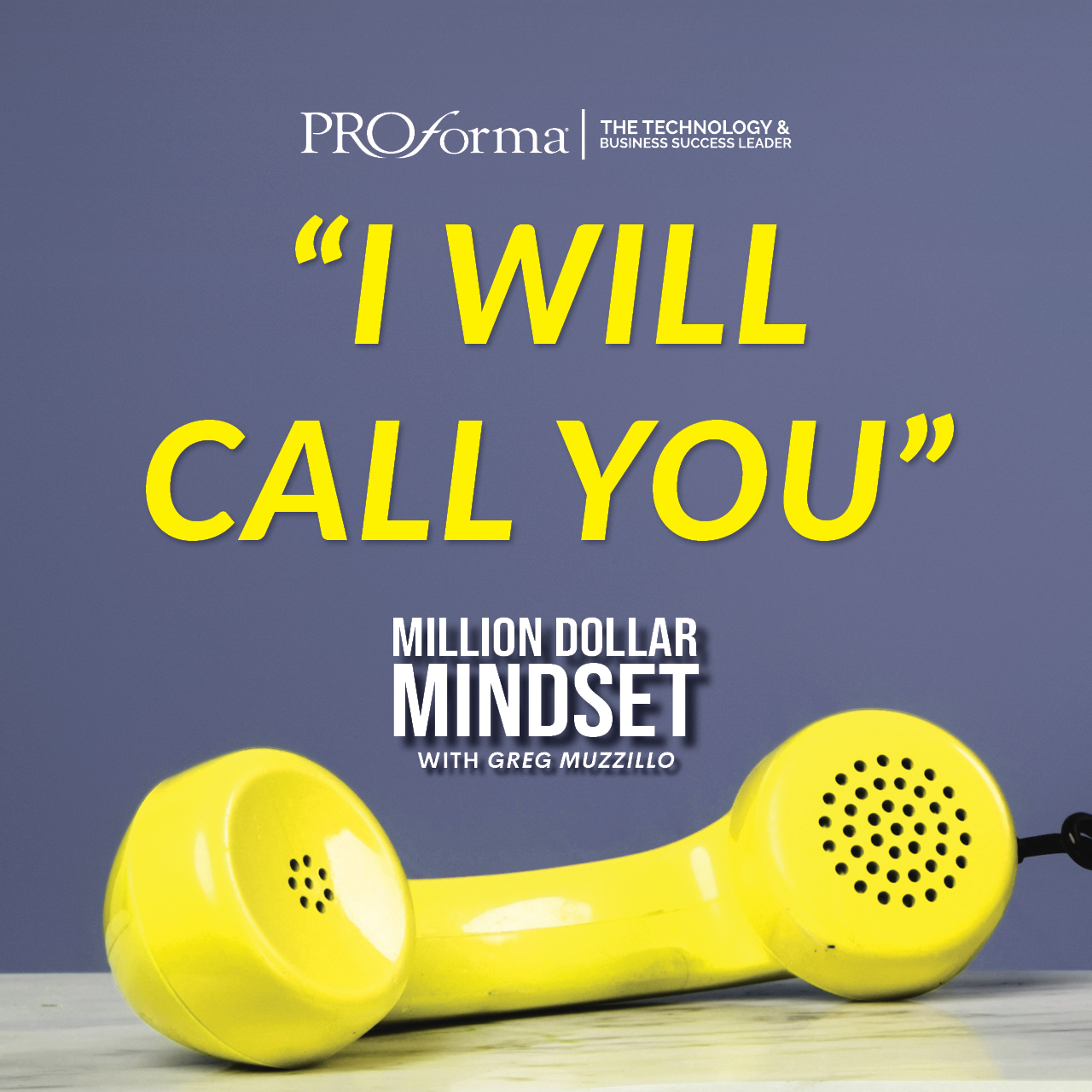Editor’s note: This is a guest post from Bill Mahre, president of ADG Promotional Products.
I received an invitation to participate on a recent panel discussion (as one of four ad-specialty suppliers). It was on the state of the industry in front of 800-plus key distributors and suppliers was a terrific opportunity to review key challenges and opportunities we all will face in the future.
Initially, the panel covered a number of typical subjects, such as describing the industry, its greatest challenges, its technology needs, etc. Then the discussion touched on compliance and product safety, and it became much more passionate. This probably surprised many in the audience. One fairly straightforward comment sparked a strong response from a founding member of Quality Certification Alliance (QCA): “Long term, there is little positive outcome for any industry to find it acceptable or be satisfied with self-regulation.”
Using the pharmaceutical industry as an example: “Would we feel safe if Pfizer, Squib, and Johnson & Johnson decided drug safety standards instead of a legitimate, independent third party?”
Not likely any of us believe this is a good idea for the health care of our families and friends. Recent examples of how the mortgage industry policed itself, or how Volkswagen’s leadership decided that Environmental Protection Agency regulations were not necessary for its vehicles shows how misadventures can change an industry or brand quickly.
After the session, numerous distributors and suppliers connected with me to gain more understanding on my comments and the subject of compliance. I don’t pretend to be an expert in product safety and compliance since there are too many moving parts—from state guidelines laws to national and international regulations—for any of us to fully understand everything. This subject is so vast, changing and complicated that it makes more sense to focus on fundamentals, establish agreed-upon processes and work to do the right things every day to make our industry more compliant and disciplined.
My business background has been in industries, like consumer products, health care, professional sports and nonprofits. Like everyone, our past experiences and learning opportunities help shape our thinking and perspective on certain subjects, like compliance and product safety. While at Proctor & Gamble Co., it became ingrained in my thought process that following regulations and laws, and making sure every product met top-level performance and quality standards was a must-have outcome. At ADG Promotional Products, we have developed similar solid processes for compliance as part of a much larger, multibillion-dollar international printing organization that has many diverse product lines.
QCA is a reasonable starting point for our industry, but is made up of a small number of suppliers (less than 1 percent of the industry). While these 38 companies are relatively larger entities, there is limited rationale that a single group of for-profit entities should establish protocols on their own and then market them as standards for a broader industry. It was mentioned that QCA is a nonprofit entity, which is supposed to sound like a benefit, but that point is of no relevance and is probably more a critique of our tax code system. How does a group of for-profit companies create a 501(c)3 to market themselves and end up with a financial business advantage? Another topic for a different day.
Has QCA brought some discipline, process and visibility to compliance? Absolutely. Hopefully this effort will continue to evolve and be shared to benefit the entire promotional products industry. However, having any small group of suppliers position self-regulating efforts as a base standard is not appropriate for an industry of our size. We recently had another founding QCA member comment to us on how ADG’s standards were higher than they needed to be on a particular product.
That is OK at this time, and we will continue to maintain that effort until more detailed independent industry standards are established.
It is important to recognize that there are other suppliers, like ADG, which have excellent compliance and product safety standards in place, and we all can learn from each other to get better. Some recent op-ed, marketing and advertising pieces in industry publications have had a few non-industry people question the quality of “non-QCA” items—an approach that is unfortunately self-serving and inaccurate due to an absence of any facts. This type of miscommunication also is damaging long-term to our industry’s reputation, while the focus should be on bigger challenges, strategies and questions, like:
1. Which independent entity is best positioned to lead our industry compliance effort? We need PPAI’s leadership. If we ask our end-user clients if they are more interested in product quality/compliance or lobbying efforts/branding positioning of the industry, it is a safe bet where their answers would lie and where we should spend our resources.
2. How do we best manage components of a compliance testing process? For an industry already challenged with its profitability model, figuring how to efficiently test relatively low-cost items is critical. Suppliers often share overseas production facilities, so it makes sense to insist that the supply chain cycle start there. Recent industry battery charger recalls included a number of suppliers (including a QCA entity), but has anyone really identified whether the issue was at a common overseas facility? Let’s start at the beginning, establish sound fundamental processes and constantly challenge ourselves to improve. (Full disclosure—ADG does not carry electronic-type items similar to battery chargers.)
Our end-user clients will continue to demand that the promotional products industry has and maintains an independent, high-quality, long-term compliance program. Everyone needs proactive leadership to establish industry standards, and this is not the responsibility of just a few entities!




